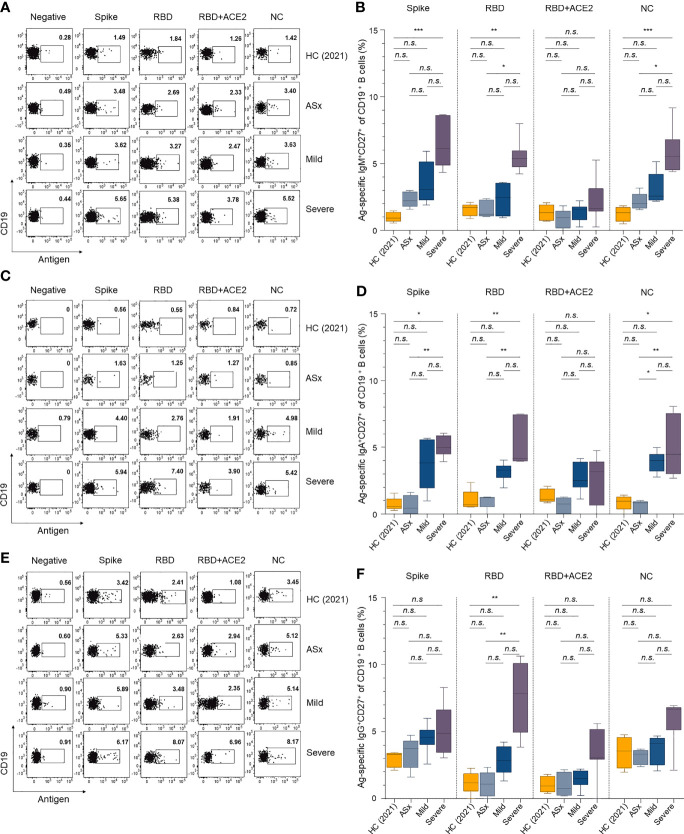Chang Kyung Kang
Chang Kyung Kang
1
Department of Internal Medicine, Seoul National University College of Medicine, Seoul, South Korea
1,†,
Minji Kim
Minji Kim
2
Department of Biomedical Sciences, Seoul National University College of Medicine, Seoul, South Korea
3
Department of Anatomy & Cell Biology, Seoul National University College of Medicine, Seoul, South Korea
4
BrainKorea21 (BK21) FOUR Biomedical Science Project, Seoul National University College of Medicine, Seoul, South Korea
2,3,4,†,
Jisu Hong
Jisu Hong
2
Department of Biomedical Sciences, Seoul National University College of Medicine, Seoul, South Korea
4
BrainKorea21 (BK21) FOUR Biomedical Science Project, Seoul National University College of Medicine, Seoul, South Korea
5
Department of Pharmacology, Seoul National University College of Medicine, Seoul, South Korea
2,4,5,†,
Gwanghun Kim
Gwanghun Kim
2
Department of Biomedical Sciences, Seoul National University College of Medicine, Seoul, South Korea
3
Department of Anatomy & Cell Biology, Seoul National University College of Medicine, Seoul, South Korea
4
BrainKorea21 (BK21) FOUR Biomedical Science Project, Seoul National University College of Medicine, Seoul, South Korea
2,3,4,
Soojin Lee
Soojin Lee
2
Department of Biomedical Sciences, Seoul National University College of Medicine, Seoul, South Korea
3
Department of Anatomy & Cell Biology, Seoul National University College of Medicine, Seoul, South Korea
4
BrainKorea21 (BK21) FOUR Biomedical Science Project, Seoul National University College of Medicine, Seoul, South Korea
2,3,4,
Euijin Chang
Euijin Chang
1
Department of Internal Medicine, Seoul National University College of Medicine, Seoul, South Korea
1,
Pyoeng Gyun Choe
Pyoeng Gyun Choe
1
Department of Internal Medicine, Seoul National University College of Medicine, Seoul, South Korea
1,
Nam Joong Kim
Nam Joong Kim
1
Department of Internal Medicine, Seoul National University College of Medicine, Seoul, South Korea
1,
Ik Soo Kim
Ik Soo Kim
6
Department of Microbiology, School of Medicine, Gachon University, Incheon, South Korea
6,
Jun-Young Seo
Jun-Young Seo
7
Severance Biomedical Science Institute, Yonsei University College of Medicine, Seoul, South Korea
8
BrainKorea21 (BK21) Project for Medical Science, Yonsei University College of Medicine, Seoul, South Korea
7,8,
Daesub Song
Daesub Song
9
College of Pharmacy, Korea University, Sejong, South Korea
9,
Dong-Sup Lee
Dong-Sup Lee
2
Department of Biomedical Sciences, Seoul National University College of Medicine, Seoul, South Korea
3
Department of Anatomy & Cell Biology, Seoul National University College of Medicine, Seoul, South Korea
4
BrainKorea21 (BK21) FOUR Biomedical Science Project, Seoul National University College of Medicine, Seoul, South Korea
10
Medical Research Institute, Seoul National University College of Medicine, Seoul, South Korea
11
Wide River Institute of Immunology, Seoul National University, Hongcheon, South Korea
2,3,4,10,11,
Hyun Mu Shin
Hyun Mu Shin
2
Department of Biomedical Sciences, Seoul National University College of Medicine, Seoul, South Korea
4
BrainKorea21 (BK21) FOUR Biomedical Science Project, Seoul National University College of Medicine, Seoul, South Korea
11
Wide River Institute of Immunology, Seoul National University, Hongcheon, South Korea
2,4,11,
Yong-Woo Kim
Yong-Woo Kim
11
Wide River Institute of Immunology, Seoul National University, Hongcheon, South Korea
11,
Chang-Han Lee
Chang-Han Lee
2
Department of Biomedical Sciences, Seoul National University College of Medicine, Seoul, South Korea
4
BrainKorea21 (BK21) FOUR Biomedical Science Project, Seoul National University College of Medicine, Seoul, South Korea
5
Department of Pharmacology, Seoul National University College of Medicine, Seoul, South Korea
11
Wide River Institute of Immunology, Seoul National University, Hongcheon, South Korea
2,4,5,11,*,‡,
Wan Beom Park
Wan Beom Park
1
Department of Internal Medicine, Seoul National University College of Medicine, Seoul, South Korea
1,*,‡,
Hang-Rae Kim
Hang-Rae Kim
2
Department of Biomedical Sciences, Seoul National University College of Medicine, Seoul, South Korea
3
Department of Anatomy & Cell Biology, Seoul National University College of Medicine, Seoul, South Korea
4
BrainKorea21 (BK21) FOUR Biomedical Science Project, Seoul National University College of Medicine, Seoul, South Korea
10
Medical Research Institute, Seoul National University College of Medicine, Seoul, South Korea
11
Wide River Institute of Immunology, Seoul National University, Hongcheon, South Korea
2,3,4,10,11,*,‡,
Myoung-don Oh
Myoung-don Oh
1
Department of Internal Medicine, Seoul National University College of Medicine, Seoul, South Korea
1
1
Department of Internal Medicine, Seoul National University College of Medicine, Seoul, South Korea
2
Department of Biomedical Sciences, Seoul National University College of Medicine, Seoul, South Korea
3
Department of Anatomy & Cell Biology, Seoul National University College of Medicine, Seoul, South Korea
4
BrainKorea21 (BK21) FOUR Biomedical Science Project, Seoul National University College of Medicine, Seoul, South Korea
5
Department of Pharmacology, Seoul National University College of Medicine, Seoul, South Korea
6
Department of Microbiology, School of Medicine, Gachon University, Incheon, South Korea
7
Severance Biomedical Science Institute, Yonsei University College of Medicine, Seoul, South Korea
8
BrainKorea21 (BK21) Project for Medical Science, Yonsei University College of Medicine, Seoul, South Korea
9
College of Pharmacy, Korea University, Sejong, South Korea
10
Medical Research Institute, Seoul National University College of Medicine, Seoul, South Korea
11
Wide River Institute of Immunology, Seoul National University, Hongcheon, South Korea
Edited and reviewed by: Michael Vajdy, EpitoGenesis, United States
✉*Correspondence: Hang-Rae Kim, hangrae2@snu.ac.kr; Wan Beom Park, wbpark1@snu.ac.kr; Chang-Han Lee, chlee-antibody@snu.ac.kr
†These authors have contributed equally to this work
‡These authors have contributed equally to this work and share senior authorship
This article was submitted to Immunological Memory, a section of the journal Frontiers in Immunology
Received 2022 Apr 27; Accepted 2022 May 2; Collection date 2022.
Keywords: SARS-CoV-2, antibody, phagocytosis, memory B cells, memory T cells
Copyright © 2022 Kang, Kim, Hong, Kim, Lee, Chang, Choe, Kim, Kim, Seo, Song, Lee, Shin, Kim, Lee, Park, Kim and Oh
This is an open-access article distributed under the terms of the Creative Commons Attribution License (CC BY). The use, distribution or reproduction in other forums is permitted, provided the original author(s) and the copyright owner(s) are credited and that the original publication in this journal is cited, in accordance with accepted academic practice. No use, distribution or reproduction is permitted which does not comply with these terms.



